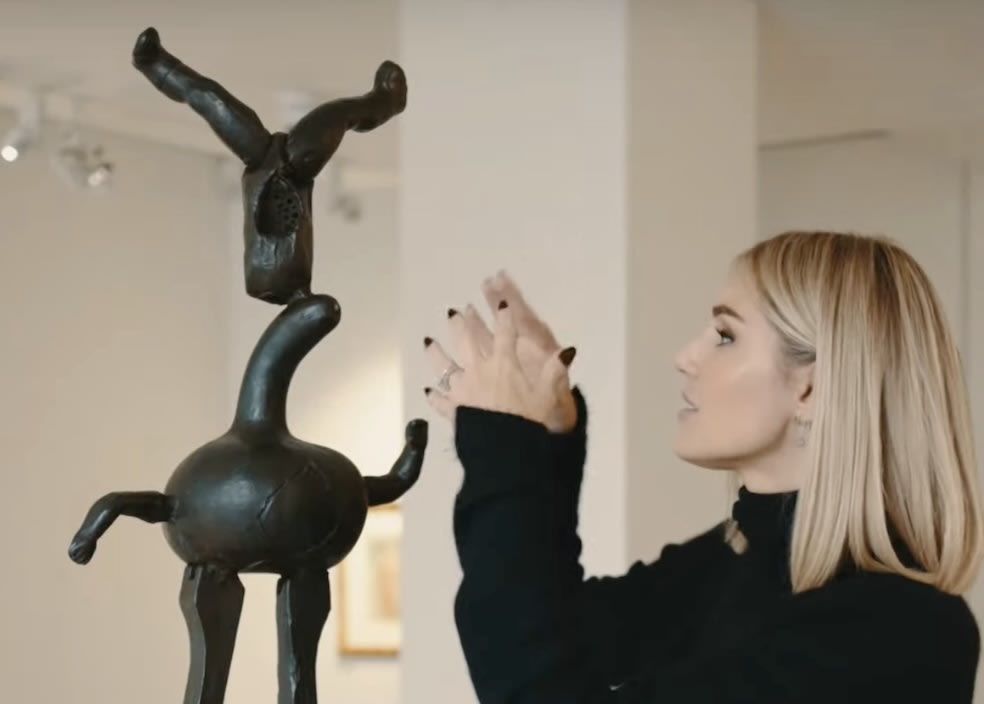How did a brillant painter fulfill his artistic quest and... reach for the stars? To find out take a look at "The Story Behind : Joan Miró's L'Équilibriste"
“ I am an established painter but a young sculptor” said 81 year old artist Joan Miró to fellow artist Alexander Calder
Joan Miró was undoubtably one of the greatest and most prolific painters of his time, but it was not until later in his career that he really started exploring sculpture
His first exhibited his paintings in 1911 whereas he did not get into sculpture before the 1930’s,
What had driven Miró to explore this new medium?
“I have my feet on the ground but my eyes always looking at the stars” Miró would say
Perhaps where a painter is restricted within the confines of the edges of his canvas
A sculptor brings the works through their three dimensionality into our World, in that sense there are less restrictions.
Our sculpture “Equilibrist” a magnificent bronze cast balancing diverse objects with no prior correlation. The head is constructed out of the bust and legs of a doll. The lower body parts are made up of a part of a gourd and the two arms of the
and blocks of wood defining the legs.
Miró created a perfect surreal presence, which in a way came to life in our world.
To learn more about this work and other pieces by Miro come to the gallery or take a look at our website @baillygallery.com

